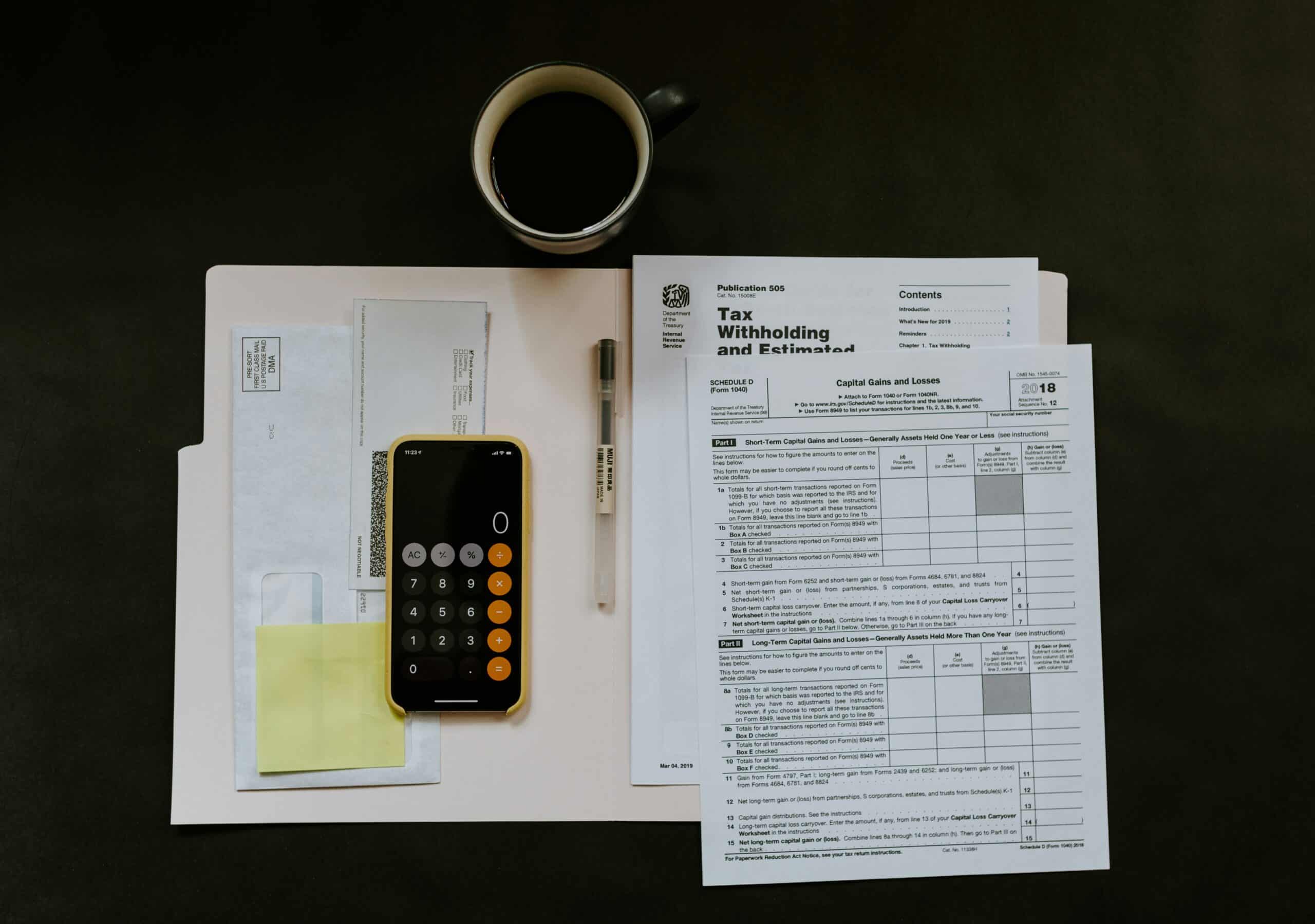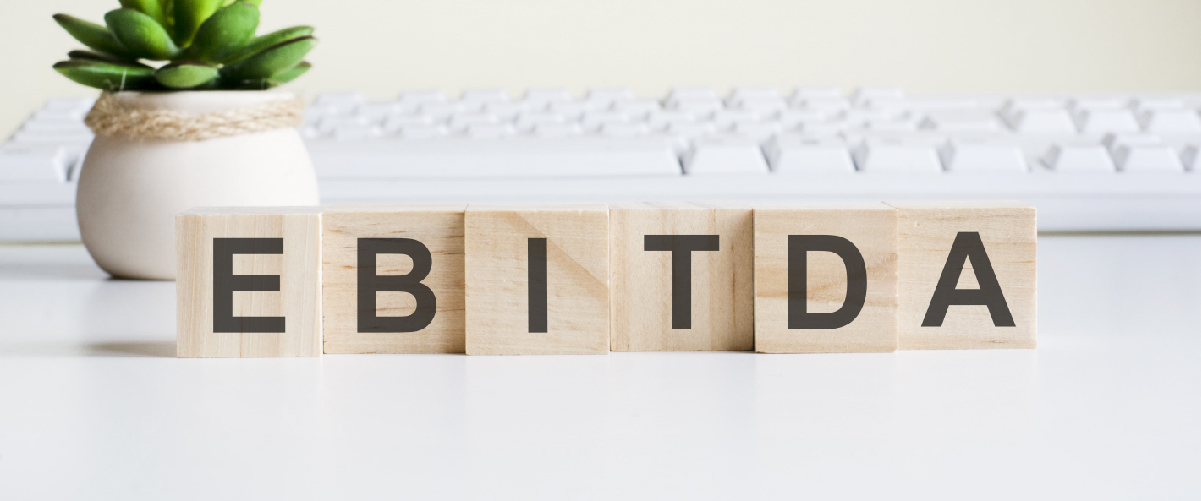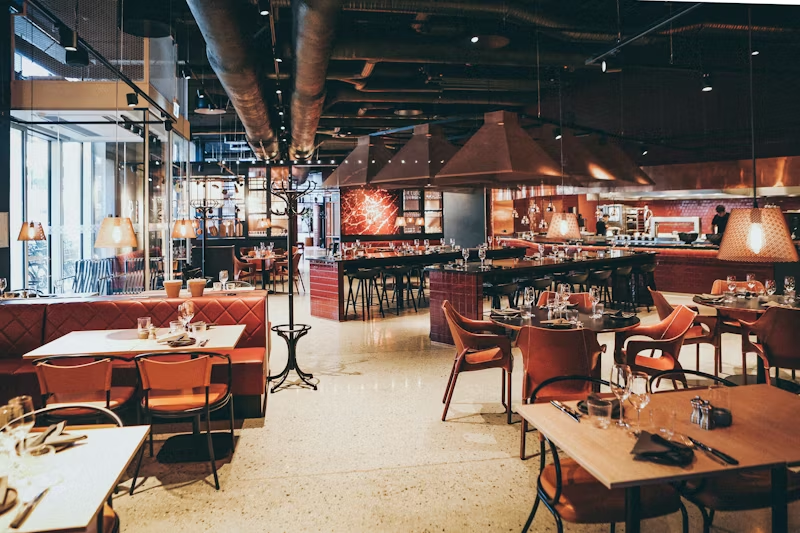Your restaurant’s profit and loss (P&L) statement is more than just a financial record; it’s an essential tool that guides strategic decision-making. By analyzing key metrics like revenue, cost of goods sold (COGS), labor costs, and operating expenses, you can identify areas for improvement and optimize your business for profitability.
Revenue
 PAPERCHASE TIP:
PAPERCHASE TIP:
- Without sustainable revenue it does not matter how your good labor cost is, the percentages are going to be unbalanced. The percentages on a P&L only work if you are making enough revenue. A tool to check if your restaurant is working is average spend. It can track if your product is not selling, or your staff needs more training.
 Your revenue should be steady or rising in the areas you are trying to maximize. We analyze your revenue split on a micro level in our weekly reports. An area of improvement we see is dessert sales, this should be around 5%. If you can increase the revenue split here, you can guarantee a higher average spend. Your Paperchase restaurant accountant will identify areas in your business for profit optimization, for example, how can you maximize limited seating outside?
Your revenue should be steady or rising in the areas you are trying to maximize. We analyze your revenue split on a micro level in our weekly reports. An area of improvement we see is dessert sales, this should be around 5%. If you can increase the revenue split here, you can guarantee a higher average spend. Your Paperchase restaurant accountant will identify areas in your business for profit optimization, for example, how can you maximize limited seating outside?
Another metric could have your revenue increased between months. Is it seasonal or did you make a change? This will allow your accountant to look at your past P&L to solve the problem. Your revenue is broken down into categories: food, wine, beer, liquor, and sometimes POS fees. Food sales in fine dining should make up 65% of sales.
Cost of Goods Sold
Your COGS are another critical piece of the P&L, and broken down by category, typically food, wine, beer, and liquor. On a P&L, your hospitality accountant will recommend that this number remains steady, with a metric between 24 and 26%. On either end of that spectrum, a QSR should average 20%, and fine dining hit around 28%. An accurate COGS is completely reliant on accurate inventory. Paperchase recommends that you do a monthly, if not weekly, inventory for all food and beverages. Without inventory, COGS management is impossible, and your controls will not be in place.

The finances of your operation depend on monitoring waste and purchasing and adjusting when it becomes a problem such as continually buying product that does not sell and becomes wasted cash on your shelves. If a recipe is continually underselling, consider taking it off your menu to prevent waste. Create a routine around inventory to safeguard your business from theft and prevent the implementation of any other control processes.
Without inventory, you do not understand how much cash is sitting on your shelves. Based on your COGS you should be hitting a gross profit between 72% and 75%. When Paperchase notices that COGs look abnormally high, we go through the following steps to investigate. Only purchase what you need and what you are selling. Avoid the slippery slope of bulk purchases.
- PAPECHASE TIP:
When Paperchase notices that COGs look abnormally high, we go through the following steps to investigate:
COGS EXAMPLE (WINE)
- RED FLAG: your wine sales were too high in February.
-
Step One: Check if food COGS and wine COGS are low. If this is the case perhaps some of the purchases were miscategorized in your GL account.
-
Look at your theoretical wine cost.
-
Check for inventory errors.
-
Analyze potential POS errors. Is the pricing correct, is everything mapped? Make sure to do an audit of your POS once a quarter.
Labor
 Your COGS and Labor and the one area in a P&L that can make the most difference in your revenue if you make the right moves. This area looks different for each P&L depending on the concept, but most of the time it is broken down into Front of House and Back of House costs.
Your COGS and Labor and the one area in a P&L that can make the most difference in your revenue if you make the right moves. This area looks different for each P&L depending on the concept, but most of the time it is broken down into Front of House and Back of House costs.
The average metric for these categories is 10% of your budget for FOH and 20% for BOH. The higher end of his estimate would be around 38% for fine dining or businesses in major cities like New York or Los Angeles.
This number becomes alarming when it goes to 34% for fast casual establishments after payroll taxes. This boils down to scheduling only when you need, not based on what you think will happen. Use the actual amount of covers and weather as a roadmap. To avoid having to pay your staff overtime, schedule based on what you are selling.
- PAPERCHASE TIP
- If your labor percentage is too high one thing your hospitality accountant will analyze is what time you make your first sale on in your POS system. For example, if your business gets a later start on weekdays, consider having your host and prep cook come in 30 minutes later, this could save you upwards of 25K a year.
- Paperchase’s restaurant finance experts compare your revenue per hour against the wages per hour to help identify areas of inefficiency. For example, if your desserts are not selling during lunch, you can suffice with 2 pastry chefs instead of 5 during that part of the day. Additionally, your accounting team will help you create a budget based on your labor target per week.
Operating Expenses
Operating expenses fall into 3 categories:
- Fixed Expenses
Utilities, internet, rent - Negotiable Costs
Cleaning, credit card fees, vendor fees - Controllable Expenses
Office supplies, linen, marketing
In general, your rent should be between 10-12% or less a good range for your rent if you have a good lease. All other supplies should be around 1% or less. Certain uncategorized expenses will change depending on the type of establishment, ask your hospitality accountant for more information.
- PAPERCHASE TIP:
- Laundry costs are a controllable expense. In the past, Paperchase has looked back at last week’s linen bill quantity and divided the number of linens washed by customers. This should allocate about 1.2 napkins per customer.
If this number exceeds 1.2, you may want to remind your staff to use fewer napkins or make sure you have a ready supply of bar rags and encourage the use of them. In the following weeks monitor this metric to track improvements.
- Laundry costs are a controllable expense. In the past, Paperchase has looked back at last week’s linen bill quantity and divided the number of linens washed by customers. This should allocate about 1.2 napkins per customer.
EBITDA
 Paperchase’s restaurant accountants encourage our clients to look at four wall EBITDA when analyzing their restaurant’s profitability.
Paperchase’s restaurant accountants encourage our clients to look at four wall EBITDA when analyzing their restaurant’s profitability.
EBITDA stands for Earnings Before Interest, Taxes, Depreciation, and Amortization, but in short, it is the earnings that your business can control.
Depreciation: When your accountant reduces the value of a physical asset, like a car or building, when it loses value as it changes.
Amortization: when you have a big yearly or quarterly bill like insurance or tax and break it into smaller parts for an accurate picture of the health of your business.
Paperchase’s restaurant accountants will set a threshold for your fixed assets, typically keeping this number around 3-3.5K in value. This will show up as a capital expenditure and asset on your P&L.
Overall, your EBITDA is a great way to get a bigger picture of your restaurant’s health. Working with a specialized accountant will give you ways to boost this number like inventory management, creating new menu prices, or best labor practices.
Conclusion
The P&L serves as a report card, showing areas for improvement, places of concern, and the parts of your business that are successful. This ultimately guides you toward maximizing revenue, controlling costs, achieving a healthy EBITDA, and a positive net profit.
Partnering with a hospitality accountant like Paperchase empowers you to leverage this report card effectively. Remember, a bad P&L month isn’t a dead end; it’s an opportunity to learn and adapt. By understanding your P&L and acting based on its insights, you can turn challenges into triumphs and ensure your restaurant’s long-term success.























